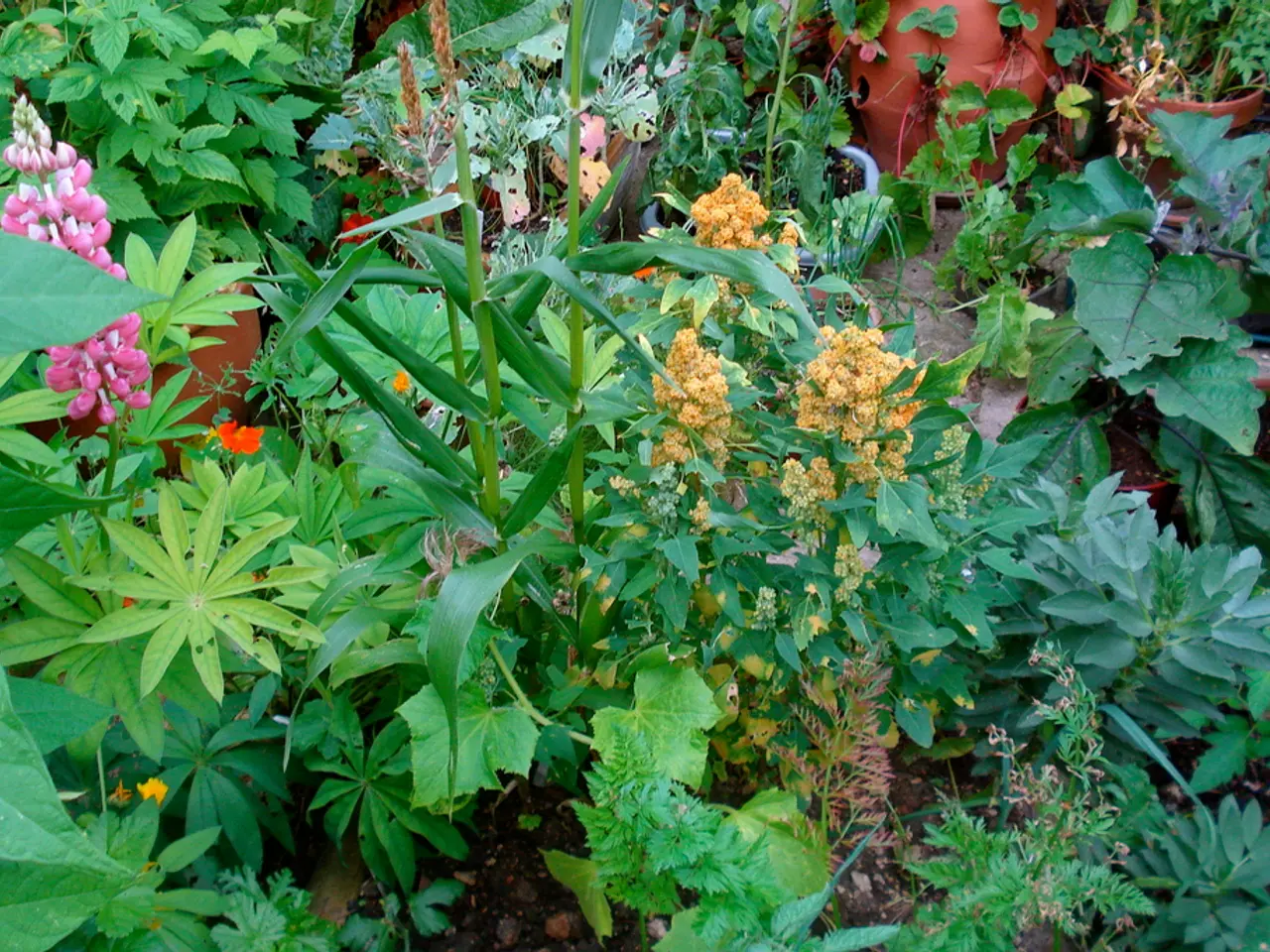Task at Hand: Paraphrasing a given text to create a succinct and unbiased news headline.
May is a wonderful time for gardeners, as the warming soil and longer daylight provide an ideal environment for sowing a variety of vegetables and flowers. This month offers a perfect opportunity to plant half-hardy annuals, perennials, and even some tender vegetables that will thrive throughout the growing season.
For a successful garden harvest, consider planting the following vegetables when sowing outside in May:
- Brassicas, such as kale, cabbage, broccoli, cauliflower, Brussels sprouts, kohlrabi, and collards, are ideal for spring sowing and can mature into fall crops that tolerate cold and improve in flavor after frost. These can be harvested at baby leaf stage in about 3–4 weeks or fully mature by fall.
- Arugula, a heat-tolerant leafy green, can germinate in warm soil and be harvested in 30 to 60 days.
- Other warm-weather vegetables to plant include tomatoes, peppers, eggplant, squash, melons, potatoes, onions, and herbs like basil, mint, lemongrass, and chives.
When it comes to flowers, May is the perfect time to choose heat-tolerant annuals and early-blooming perennials to maximize garden color:
- Portulaca, a heat-loving annual succulent with bright flowers, blooms through summer and into early fall.
- Salvia adds color and attracts pollinators with tubular flower spikes in purple, pink, or white.
- Coleus is grown primarily for colorful foliage and thrives in beds or containers.
- Perennials like Coneflower (Echinacea) and Thrift (Armeria spp) bloom in late spring and early summer, making them suitable for planting in May.
- Other perennials to consider are Iris and Amsonia, which bloom in late spring to early summer and suit full sun locations.
Planting these vegetables and flowers in May ensures that plants have time to establish before summer heat or fall frost, resulting in a sturdy fall harvest for vegetables and vibrant garden color for flowers.
Additionally, May is a suitable month for sowing half-hardy annuals like cosmos and zinnia directly outdoors. California poppies are wonderful plants for attracting bees and other insects to the garden, while strawflowers have unusual, papery blooms that work beautifully in arrangements and last indefinitely once dried. Poppies are best sown in situ and should be thinned if necessary.
Strawflowers can be sown outside this month in well-drained soil in a sunny position. Opium poppies come in a range of colors from white and greys to luscious pinks and burgundy. After the risk of frost has passed, tender seedlings can be acclimatised and planted out in the garden.
Aquilegia are in flower this month and thrive in full sun or partial shade. French marigolds can still be sown outdoors in May, preferring a sunny spot in well-drained, fertile soil.
Sowing of more tender annuals, such as sweetcorn, cucumbers, and melons, can still be done under cover until the end of May. The Flower Moon or Corn Planting Moon is the name given to May's full moon.
Aquilegia readily hybridise if they like the conditions, so self-sown plants are unlikely to look much like their parents. Strawflowers raised from seed in early spring can be planted out once all risk of frost has passed.
May is a great time to sow annual poppies like field poppies, opium poppies, and Californian poppies. Enjoy the beauty and bounty of your garden as you reap the rewards of your May sowing efforts!
- To cultivate a vibrant garden, consider sowing annual poppies, such as field poppies, opium poppies, and Californian poppies, for color and beauty in May.
- For a thriving home-and-garden lifestyle, take advantage of May's perfect conditions by planting salvias, coleus, Portulaca, Coneflowers (Echinacea), Thrift (Armeria spp), Iris, Amsonia, and other suitable annuals and perennials, which will bloom throughout the growing season and enhance your lifestyle with their lush foliage and flowers.




